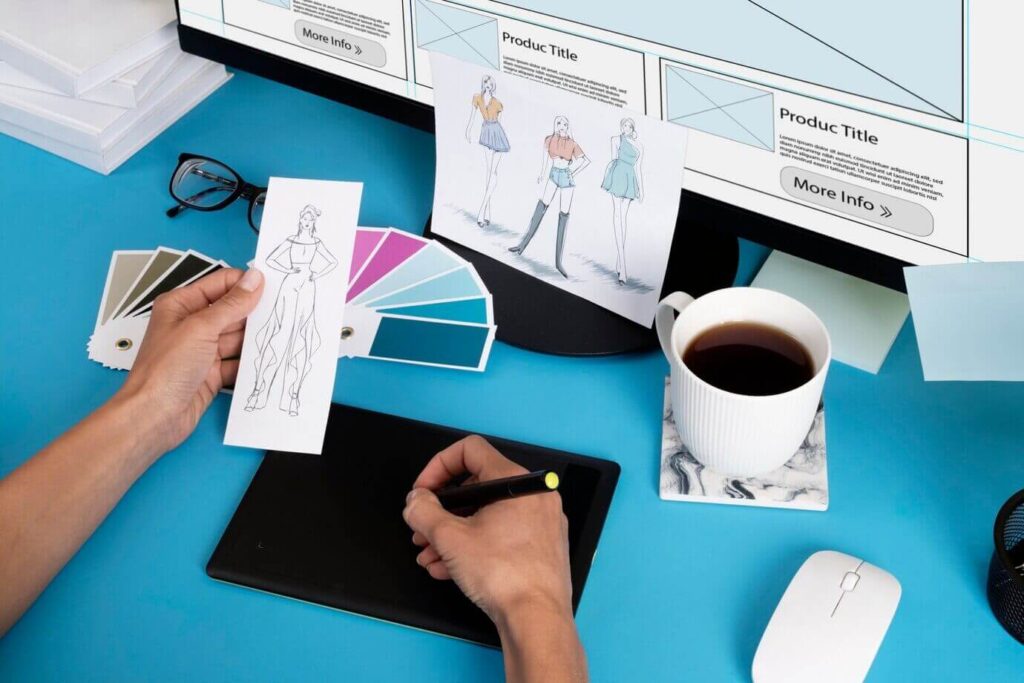In the digital age, user experience (UX) design has become a pivotal component of successful product development. UX designers are responsible for creating products that provide meaningful and relevant experiences to users. But what exactly does a UX designer do? This comprehensive guide will explore the various roles and responsibilities, offering insights into their day-to-day activities, skills, and impact on the end product.
Understanding the Role of a UX Designer

The Core Responsibilities of a UX Designer
A UX designer’s primary responsibility is to ensure that users have a seamless, intuitive, and enjoyable interaction with a product. This involves several core tasks:
Research and Analysis
- User Research: UX designers begin with extensive user research to understand the needs, behaviors, and pain points of the target audience. This can involve surveys, interviews, and usability testing.
- Competitive Analysis: Analyzing competitor products to identify strengths, weaknesses, and opportunities for improvement helps UX designers create a product that stands out.
- Data Analysis: Using tools like Google Analytics, UX designers analyze user data to inform design decisions and improve user experience.
Information Architecture
- Creating User Flows: UX designers map out the user’s journey through the product, identifying key touchpoints and ensuring a logical flow of interactions.
- Wireframing and Prototyping: Developing wireframes and prototypes to visualize the product’s structure and functionality is a crucial step in the design process. Tools like Sketch, Figma, and Adobe XD are commonly used.
Visual Design and Interaction Design
- Design Systems: UX designers create design systems to maintain consistency across the product. This includes defining color schemes, typography, and UI elements.
- Interaction Design: Focusing on how users interact with the product, ensure that all interactions are intuitive and efficient. This involves designing buttons, icons, and animations.
Usability Testing and Iteration
- Conducting Usability Tests: Regular usability testing with real users helps to identify issues and gather feedback. This can be done through moderated or unmoderated sessions.
- Iterative Design: Based on feedback, UX designers iterate on their designs, continuously refining and improving the user experience.
The Skills Required for a UX Designer
Technical Skills
- Proficiency in Design Tools: Mastery of design tools like Sketch, Figma, Adobe XD, and InVision is essential for creating and prototyping designs.
- Coding Knowledge: While not always required, knowledge of HTML, CSS, and JavaScript can be beneficial for understanding technical constraints and collaborating with developers.
Soft Skills
- Empathy: Understanding and empathizing with users is at the heart of UX design. This helps in creating user-centered designs.
- Communication: UX designers must effectively communicate their ideas and rationale to stakeholders, team members, and developers.
- Problem-Solving: UX design is all about solving problems. Designers need to think critically and creatively to address user pain points.
Analytical Skills
- User Research Techniques: Conducting and analyzing user research to gather actionable insights is a key part of the role.
- Data Interpretation: Making data-driven decisions based on user behavior and feedback ensures that the design meets user needs.
Real-World Examples of UX Design in Action
Case Study 1: Improving E-Commerce Checkout
The Problem: A major e-commerce site experienced a high cart abandonment rate.
The Solution: Through user research, it was discovered that the checkout process was too complicated. The UX designer streamlined the process by reducing the number of steps and adding progress indicators. As a result, the cart abandonment rate dropped significantly, and sales increased.

The Impact of UX Design on Business Success
Increased User Satisfaction
A well-designed user experience leads to higher user satisfaction, which in turn increases user loyalty and retention. Satisfied users are more likely to recommend the product to others, leading to organic growth.
Reduced Development Costs
By involving UX designers early in the product development process, companies can identify and address usability issues before they become costly problems. This reduces the need for expensive redesigns and fixes later on.
Competitive Advantage
A superior user experience can differentiate a product in a crowded market. Companies that invest in UX design are more likely to outperform their competitors and achieve long-term success.
Conclusion
Understanding what a UX designer does is crucial for anyone involved in product development. From research and analysis to visual design and usability testing, UX designers play a pivotal role in creating products that are not only functional but also delightful to use. By focusing on the user’s needs and continuously iterating based on feedback, help businesses achieve success and maintain a competitive edge.
If you’re looking to excel in your career or prepare for job interviews in the UX field, Prepmagic is your best resource for interview preparation and career guidance. Their tailored programs and expert insights will equip you with the skills and confidence needed to stand out in the competitive job market.
